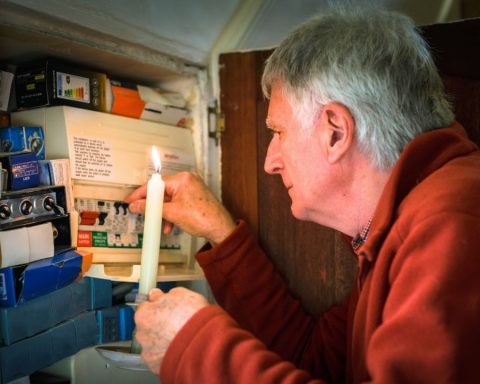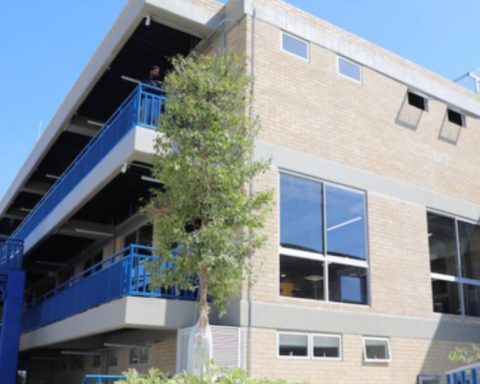Chile faces a process of accelerated demographic aging that affects its communities unequally. According to data from the National Institute of Statistics (INE), some communes already concentrate a high proportion of older adults, especially in rural and coastal regions. This phenomenon not only responds to the low birth rate and greater life expectancy, but also to the migration of young people to urban centers, which has intensified aging in certain areas of the country.
One of the communes with the highest percentage of older adults It’s Christmas, in the O’Higgins Region, where 34.2% of the population is over 60 years old. The attractiveness of this rural and coastal commune has encouraged many older people to settle there to enjoy a quieter environment, which, added to the migration of young people to cities in search of employment and opportunities, has increased the proportion of older adults in relation to the rest of the population.
In the Valparaíso Region, El Tabo also stands out with 33.6% of its population in the third age. This commune is a popular retirement destination due to its proximity to the sea and its offer of services for seniors. However, the rapid growth of this population poses challenges for local infrastructure, requiring health and care services that meet the specific needs of an aging community.

The commune of Curepto, located in the Maule Region, is another that has a high proportion of older adultss, with 33.5%. This phenomenon is due, in large part, to youth migration to cities, a common pattern in several rural areas of Chile.
He aging of these rural and coastal communes represents a challenge for the Chilean authorities, especially in terms of health and public services. In communities with a high concentration of older people, the demand for geriatric care and long-term care services grows, putting pressure on the health system and social welfare policies.
















